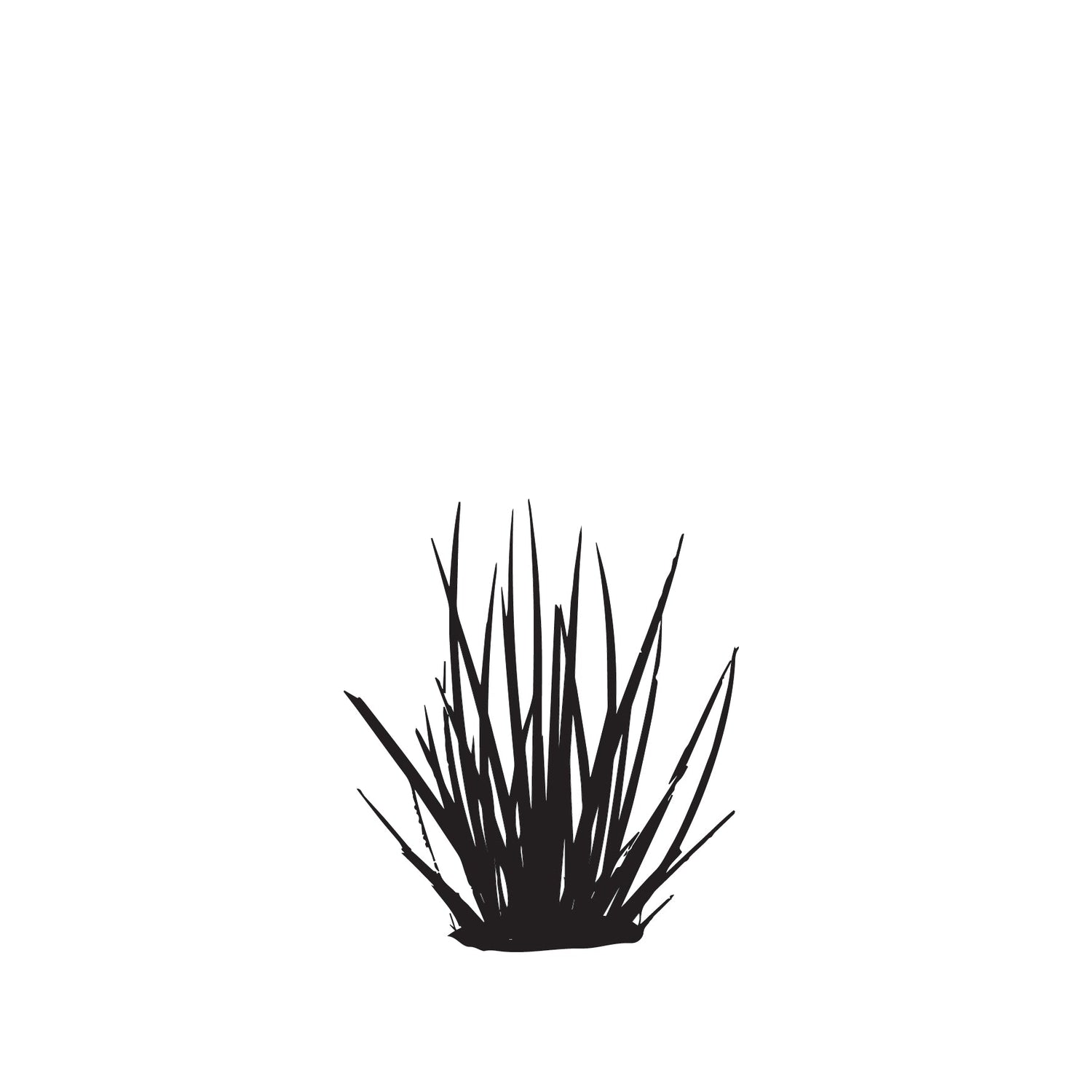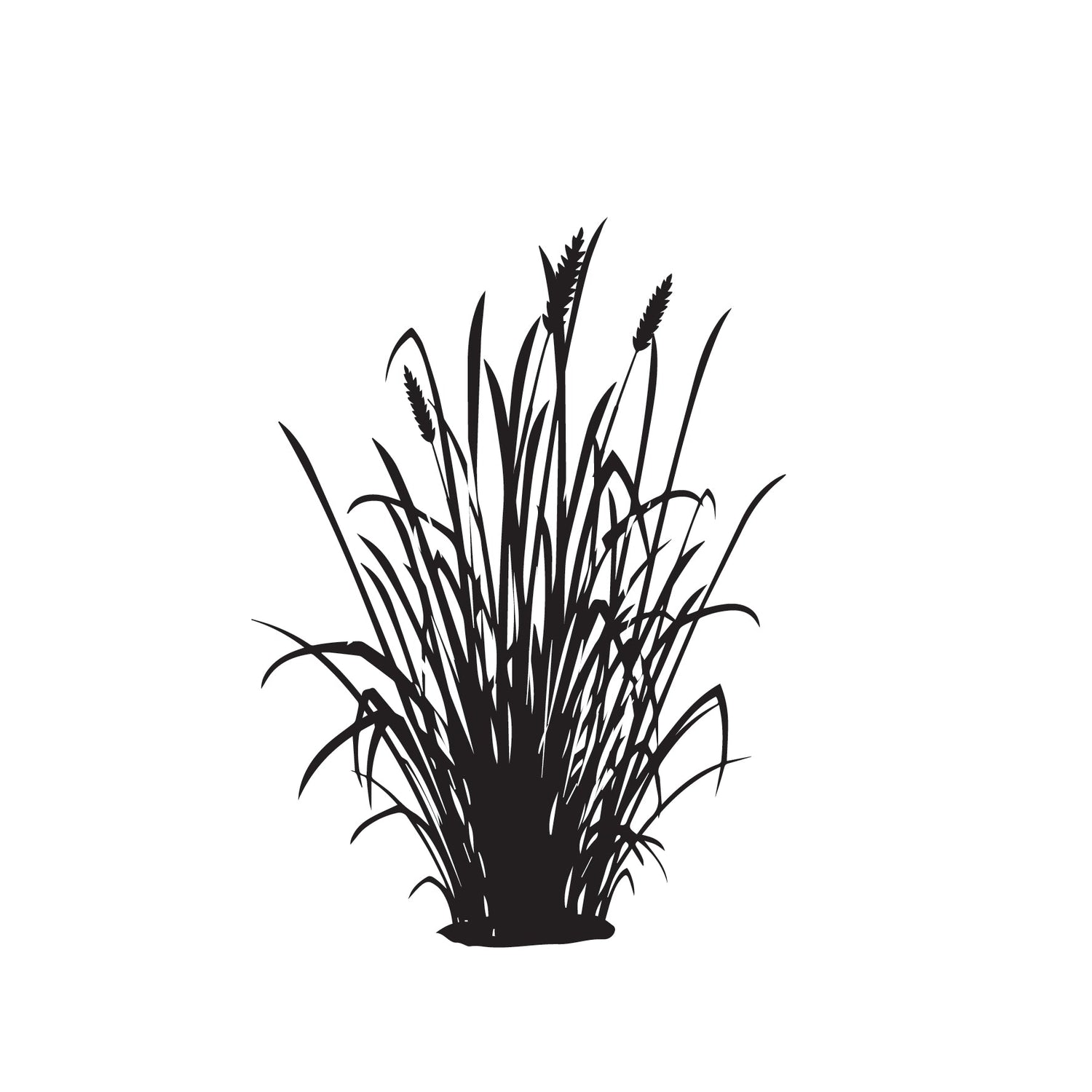Planting Flax for a Stunning Garden Design: Tips and Ideas
Share
New Zealand flax (Phormium spp.) is not just a plant; it's a statement piece in garden design. With its bold, architectural foliage and vibrant colors, flax can transform any garden into a stunning landscape. Whether you're planning a coastal garden, a modern urban oasis, or a traditional backyard retreat, incorporating flax into your garden design can add texture, structure, and visual interest. Here’s a comprehensive guide on how to plant flax for a garden that impresses year-round.
- Choose the Right Variety
Before planting, consider the variety of flax that best suits your garden's design theme and environment. Some popular varieties include:
- Phormium 'Maori Chief': Known for its deep burgundy-red foliage, ideal for creating a bold statement.
- Phormium 'Yellow Wave': Features striking yellow and green striped leaves, perfect for adding vibrancy.
- Phormium 'Platt's Black': Offers almost black, dark maroon leaves that contrast beautifully with lighter foliage.
Choose varieties based on their size, color, and growth habit to complement your garden's overall aesthetic.
- Site Selection
Flax thrives in full sun to partial shade and well-drained soil. Select a location that receives ample sunlight throughout the day, especially in cooler climates, to encourage vibrant leaf coloration. Ensure the soil is well-drained to prevent waterlogging, which can lead to root rot.
- Planting Technique
- Prepare the Soil: Dig a hole twice as wide and just as deep as the flax's root ball. Amend the soil with organic matter like compost to improve drainage and nutrient retention.
- Planting Depth: Place the flax in the hole so that the top of the root ball is level with the surrounding soil. Backfill with soil and gently firm around the base of the plant.
- Spacing: Space flax plants according to their mature size to allow adequate airflow and prevent overcrowding. Typically, larger varieties require 3-5 feet apart, while dwarf varieties can be spaced closer together.
- Watering and Maintenance
- Watering: Water newly planted flax regularly to help establish roots. Once established, flax is drought-tolerant but benefits from occasional deep watering during dry spells.
- Mulching: Apply a layer of mulch around the base of the plant to retain moisture and regulate soil temperature. Avoid mulch directly touching the stems to prevent rot.
- Pruning: Remove dead or damaged leaves throughout the year to maintain plant health and aesthetics. Trim flower spikes after blooming to encourage continuous growth.
- Companion Planting
- Contrast and Texture: Pair flax with plants that complement its foliage color and texture. Ornamental grasses, succulents, and flowering perennials can create dynamic contrasts and enhance visual interest.
- Container Planting: Flax adapts well to container gardening, making it suitable for urban gardens, patios, or balconies. Use large, sturdy containers with drainage holes and a well-draining potting mix.
- Design Ideas
- Focal Point: Use flax as a focal point in garden beds or containers, especially larger varieties that create height and structure.
- Border Planting: Line pathways or garden borders with flax to define spaces and add a structured element to the landscape.
- Mass Plantings: Create a bold statement by planting flax in clusters or drifts, emphasizing its architectural form and vibrant foliage.
- Maintenance Tips
- Fertilization: Apply a balanced fertilizer in spring to promote healthy growth and vibrant foliage. Follow manufacturer's instructions for application rates.
- Seasonal Care: Monitor flax plants for signs of pests or diseases. In colder climates, protect plants from frost by covering with a frost cloth or bringing containers indoors.
Planting flax for a stunning garden design involves selecting the right variety, choosing an appropriate planting location, and providing proper care and maintenance. By following these tips and ideas, you can create a garden that showcases the beauty and versatility of New Zealand flax, enhancing your outdoor space with its striking foliage and architectural appeal. Whether used as a focal point, border plant, or in mass plantings, flax adds a touch of elegance and sophistication to any landscape, making it a worthwhile addition to your gardening endeavors.





